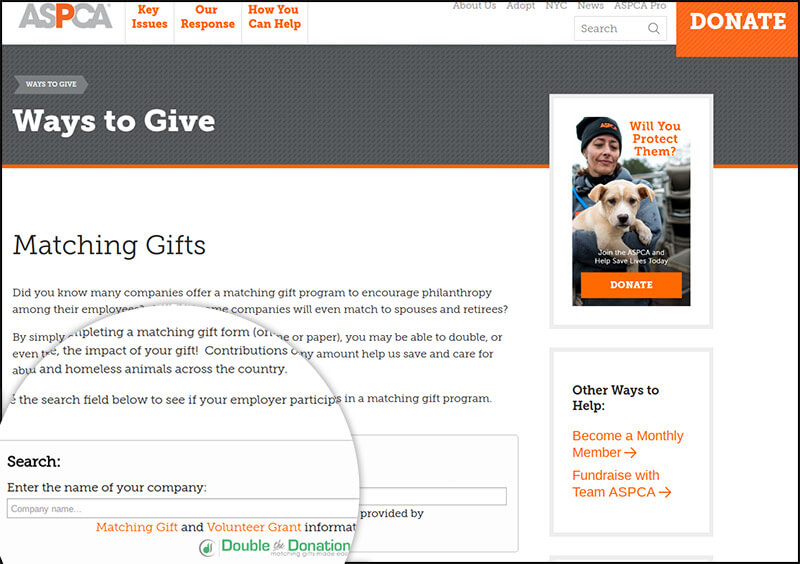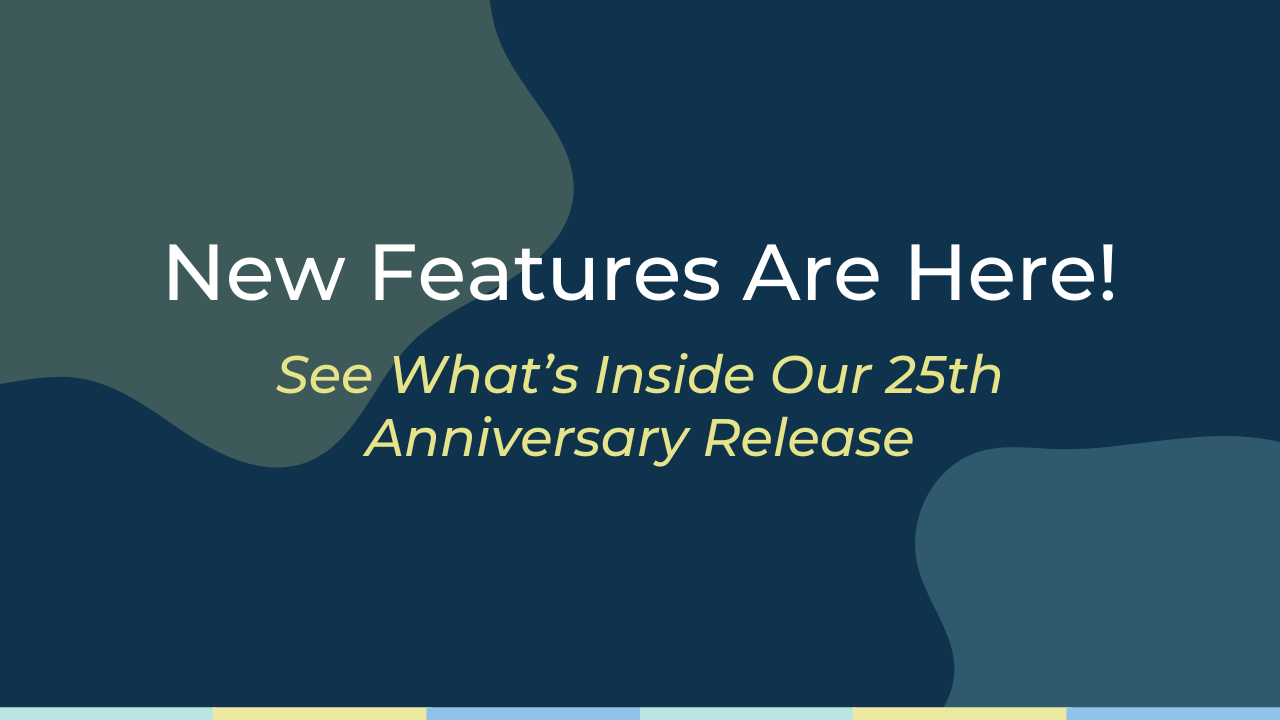This is part one of a two-part series on nonprofit Web design. Part one focuses on content optimization and standard tools for nonprofit websites.
Your website might be one of your organization’s most important assets. A good site can clearly and beautifully communicate a lot about your organization’s mission, identity, and reputation to both your donors and potential donors.
We all know that we live in a new era of visual communication, so extend some of the principles of strong visual communication to encompass and support your organization’s entire online presence, including your website.
These crucial elements of a nonprofit Web design can create a simple and attractive online space in which the public can learn more about you, engage with your work, and donate to your cause:
- Intuitive site navigation
- A compelling mission statement
- An easy-to-use matching gift tool
- Eye-catching visuals
- A thorough ways-to-give page
There are plenty of examples of well-designed nonprofit blogs out there from which you can take inspiration, but put these tips into action for yourself! With a great website you can clearly communicate the value of your work, present a strong image to the public, and consistently attract new donors.

Have you ever found yourself on a website and been completely unable to find whatever it was that you were looking for? As an unwelcoming user experience, poor site navigation can give a terrible impression of an organization.
By anticipating the needs of your website’s visitors, however, you can create an intuitive and seamless navigation experience.
Each main page of your site should be accessible via a distinct navigation bar prominently placed at the top of every page. At a minimum, a nonprofit Web design should contain variations of the following main pages, each clearly linked together:
- An attractive homepage or landing page
- A page outlining the history, background, and mission of your organization
- A thorough ways-to-give page that offers intuitive donation options
- A distinct donation button linking straight to the donation form
- Important contact information and links to the organization’s social media pages
Keep the menu simple to ensure a more pleasant experience for your visitors and an easier time for your donors or volunteers seeking important information.

The mission statement is perhaps one of the most important core documents of any organization or business interested in purposeful action and growth.
A good mission statement not only guides its organization but should also clearly communicate its values and purpose to the public.
Read through some of the best nonprofit mission statements out there and reflect on your organization’s mission. Is it concise? Does it use active language? A great mission statement acts as a guiding doctrine but can also serve as an effective element of your branding or marketing.
Your nonprofit’s mission statement deserves to be proudly featured across your website. Communicate your purpose and value to the public by clearly placing it somewhere on your homepage, on its own mission page, or anywhere else without cluttering the page’s overall appearance.

Corporate donation matching programs represent major opportunities for nonprofits to boost their revenues. Employees of companies with such programs can effectively double the impact of their single donation!
Making potential donors aware of their potential impact can increase donations while providing your nonprofit with double the support, but many donors are unaware that they might be eligible for such programs.
As with other important digital functions, embeddable tools can provide donors with the opportunity to search for the matching gift policies of their employers right on your main donation page or anywhere else.
For example, take a look at how the ASPCA embedded a matching gift widget from Double the Donation on their website:

Additionally, you can create separate dedicated match pages to keep the process organized and simple for your donors.

While your words are certainly important to communicating your nonprofit’s work, a website is an inherently visual medium. Visitors expect a certain level of conscious design on websites, especially those to which they might be offering their payment or other information.
With a handful of strong graphics you can tell a story about the valuable work you do. Think of the following visuals as important elements of communication:
- Photos: What kind of projects has your organization completed? How many volunteers helped out? What was the impact on the community? Good photos will tell visitors more about the nature of your organization than a paragraph of text.
- Logos and other corporate graphics: What other organizations have you partnered with? Who are your corporate sponsors? Strong graphics can show visitors that your organization is both professional and well-networked.
- Infographics: Have you completed successful campaigns and projects? Has your organization made a real impact? A block of text and numbers can be boring to readers, so always try to display data and information in interesting ways.
While it may be tempting to fill your website with all kinds of materials illustrating the work that your organization does, it’s still often best to follow a less-is-more policy. More graphics can always be hosted on secondary pages, so a clean layout with a handful of high-quality visuals is most effective for your homepage and other main pages.

Your website should contain a page that thoroughly explains all of the ways that supporters can donate to your organization. This might include:
- Monetary donations
- In-kind donations
- Corporate matching gifts programs
- Memberships
A good ways-to-give page with intuitive payment options acts as a single, organized space where donors can see all the ways to support your organization, including some they may not be aware of.
This is also a great place on your website to make use of embedded tools, like newsletter sign-up, volunteer information request, and distinct buttons linking to donation forms.
Integrating some or all of these elements of strong digital communication can provide a real boost to your nonprofit’s online presence, which is quickly becoming a central aspect of any organization’s public image.
Check back next week for part two!





